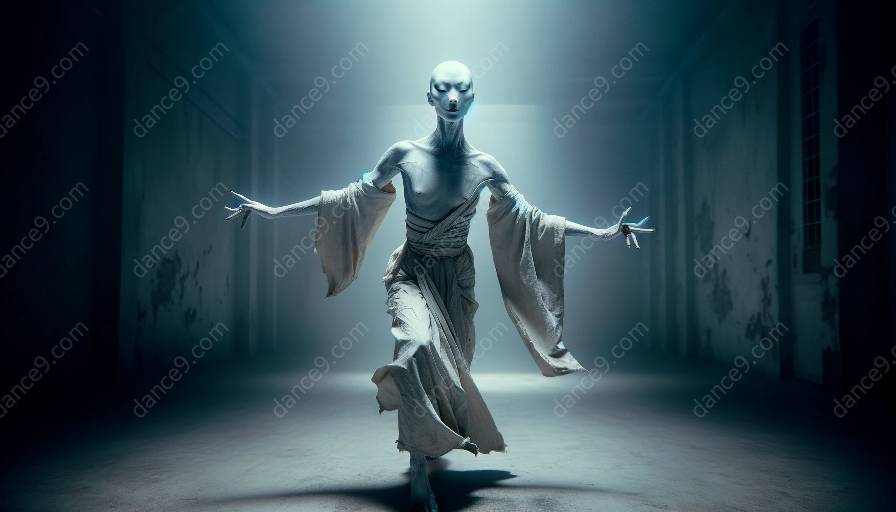Butoh, a post-modern form of Japanese dance, presents both challenges and opportunities in pedagogy, especially in the context of traditional dance classes. From the unique teaching methods to the potential for growth and innovation, Butoh pedagogy offers a distinct path for dancers and instructors alike.
Understanding Butoh
Butoh, often described as a 'Dance of Darkness,' emerged in Japan in the late 1950s. It is known for its avant-garde and often grotesque or absurd movements, as well as its focus on the expression of inner emotions and thoughts. Butoh stands apart from Western dance forms, as it challenges traditional aesthetics and techniques.
Challenges in Butoh Pedagogy
Teaching Butoh poses several challenges due to its non-conventional nature. In dance classes, instructors may face difficulties in conveying the abstract concepts and movements of Butoh to students accustomed to more structured dance forms. Additionally, the deep emotional and psychological aspects of Butoh require a different approach to instruction, often challenging both instructors and students to break free from established norms and expectations.
Overcoming Challenges through Innovation
Despite these challenges, Butoh pedagogy presents unique opportunities for growth and innovation. By embracing the unconventional and expanding traditional teaching methods, instructors can foster a more holistic understanding of dance as a form of self-expression and emotional exploration. Butoh offers a space for dancers and teachers to experiment with new ways of moving, seeing, and feeling, ultimately expanding the boundaries of dance pedagogy.
Interplay with Traditional Dance Classes
Integrating Butoh into traditional dance classes can enrich the overall dance pedagogy. Its emphasis on free expression and emotional release complements the technical aspects of other dance forms, offering students a more comprehensive experience. By bridging the gap between the avant-garde and the traditional, Butoh opens the door to a wider range of artistic possibilities and creative exploration in dance education.
Embracing the Butoh Pedagogy
As Butoh continues to gain recognition and influence in the world of dance, the challenges and opportunities in its pedagogy present an invitation to explore new horizons in teaching and learning. By understanding both the inherent difficulties and the potential for growth, dancers and instructors can embrace the unique teachings of Butoh and pave the way for further innovation in dance pedagogy.













































































